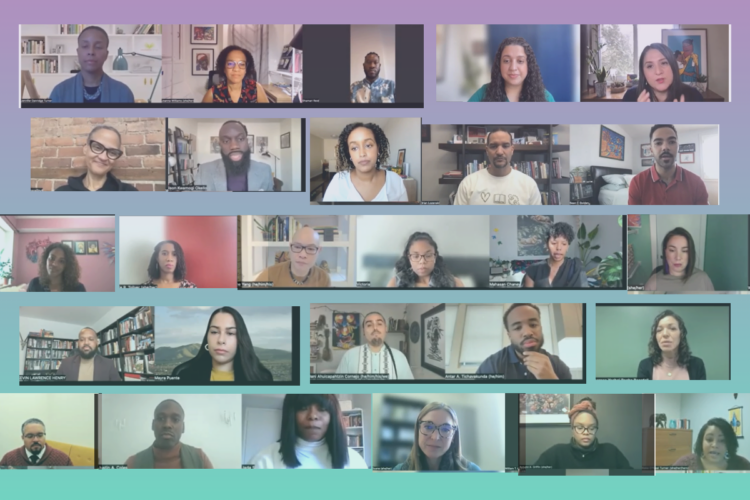I’d like to share advice with potential applicants about developing a letter of inquiry for our reducing inequality focus area, the critical first step in the grant application process. How can applicants persuade reviewers of their projects’ potential to contribute to the conversation on reducing inequality?
In the letter of inquiry, applicants should make a strong case that their interests align with the Foundation’s. We support research that we intend will help build, understand, test, and improve programs, policies, and practices that reduce inequality for youth ages 5 to 25 in the United States. We seek proposals that:
- Focus on inequality by race, ethnicity, economic standing, or immigrant origin status. These inequalities are evident across a range of systems, including the education, child welfare, and justice systems, and in varied settings, such as neighborhoods, schools, families, and communities.
- Make a compelling case for how the study is relevant to reducing inequality, not just furthering an understanding of inequality as a problem. For example, reducing inequality may result from the implementation of a program, policy or practice that helps disadvantaged students more than others; or it may result from applying a universally beneficial approach in a compensatory way so that it especially helps the youth who need it most.
- Provide a clear theoretical and empirical contribution to what we already know. This applies to both descriptive and intervention studies.
- Finally, we intend for the research we support to have practical implications. While we do not expect that any one study will create change, the research should contribute to a body of useful knowledge for improving programs, policies, and practices to support young people.
Fit
- Consider whether the work you want to undertake is a good fit with our initiative on reducing inequality. Many of the letters we receive examine the causes and consequences of inequality. While these studies are valuable, we intend to focus our limited resources on research that informs practices, programs, and policies to mitigate inequality.
- Know that we do not give grants to support the operations of programs.
Conceptual Frame
- State the research questions you are trying to answer, and how they will advance theory and empirical work.
- Be clear about the dimension of inequality you are studying, e.g., economic, racial/ethnic and/or immigrant origins.
- Explain why this dimension of inequality is important, and present what theories and empirical work tell us about it.
- Specify the youth outcomes to be studied (e.g., academic, social, behavioral, and/or economic), and show that the outcomes are currently unequal.
- Identify the youth you are studying and be specific about them. Describing an interest in “high-risk” youth is not enough; instead, specify both the dimension of inequality and the specific youth outcomes to be studied, and make a link between them.
- Reflect on how your findings may challenge or change key assumptions about reducing inequality.
Design and Methods
- Offer convincing rationales for why your methods are well-suited to answering the research questions.
- For example, if your design draws on samples of convenience, generates all its own measures, or relies only on self-reported data, you need to make a compelling case for those choices.
- If you are proposing to study a program, policy, or practice, describe it in detail and explain how it can potentially reduce inequality.
- If you are evaluating a program or policy intervention,tell us your theoretical and empirical rationale for why the intervention is likely to be effective. What is the program’s logic model or theory of change, and how is this relevant to the intervention study?
- When appropriate, consider the conditions that will support its effectiveness.
- Think about variation in the intervention’s effects and/or the mechanisms through which these effects occur.
- As needed, use data from multiple sources and draw from different methods (e.g., quantitative and qualitative) and disciplines to frame the inquiry and understand the findings.
- Discuss how your findings will be relevant to policy and practice. In the case of intervention studies, this relevance usually goes beyond the program, policy, or practice being studied.
A Few Last Thoughts
The strongest proposals are structured in a way that contextualizes the project and provides detail on its methods and intended outcomes.
- Discuss how the theory and prior empirical work gives rise to the research questions and makes them especially compelling.
- Clearly describe the key concepts, why they matter in this research, and how they will be examined in the research design and methods.
- Show how the research design and methods, e.g., sampling frame, data collection plans and proposed analyses, are well-suited for answering those questions.
- Explain how the findings inform program, policy, or practice for reducing youth inequality.
If your current research interests align with ours, we look forward to receiving your letter of inquiry.





